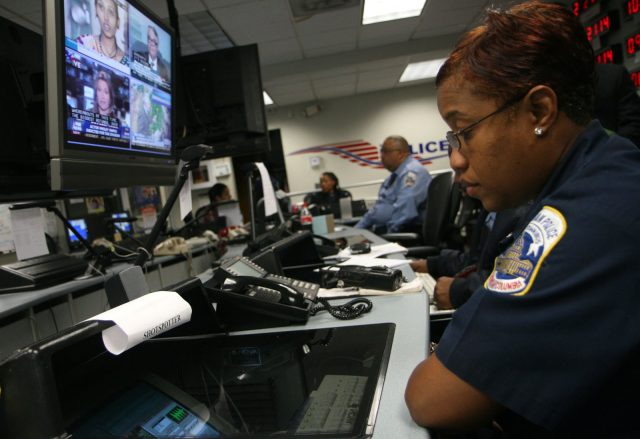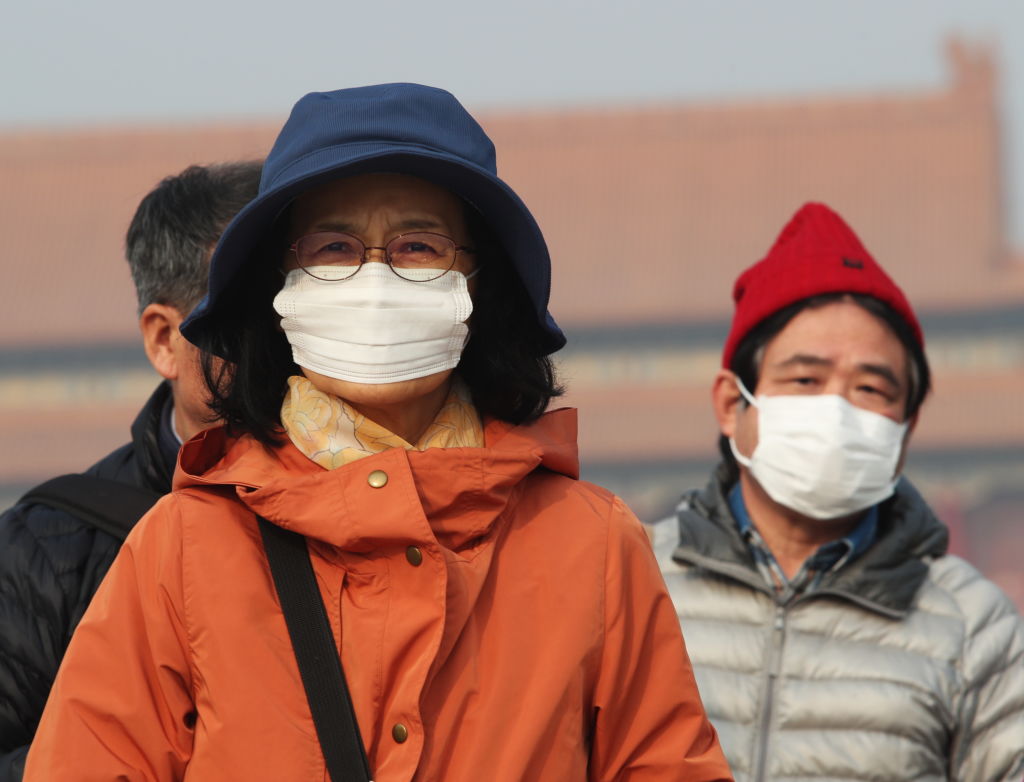› Forums › General › News (General) › All hail the AI overlord: Smart cities and the AI IoT
Tagged: AIAnalytics_H13, SmartCity_V5b, UseCase_G14
- This topic has 1 voice and 0 replies.
-
AuthorPosts
-
-
July 22, 2019 at 4:58 am #33980
#News(General) [ via IoTForIndiaGroup ]
What constitutes a “Smart City” isn’t well-defined. In the broadest sense, a Smart City is one that uses electronic means to deliver services to its residents. But if you dig down even a little, delivering even on that simple promise of service delivery can be exquisitely difficult.
 New York is one of about 90 cities worldwide that uses a system called ShotSpotter, which uses a network of microphones to instantly recognize and locate gunshots. In Moscow, all chest X-rays taken in hospitals are run through an AI system to recognize and diagnose tumors. And Taiwan is building a system that will be able to predict air quality, allowing city managers to warn residents of health dangers and work to lessen what the data tells them will be the worst of the impacts.
New York is one of about 90 cities worldwide that uses a system called ShotSpotter, which uses a network of microphones to instantly recognize and locate gunshots. In Moscow, all chest X-rays taken in hospitals are run through an AI system to recognize and diagnose tumors. And Taiwan is building a system that will be able to predict air quality, allowing city managers to warn residents of health dangers and work to lessen what the data tells them will be the worst of the impacts.Inevitable tensions
Inevitable tensions, however, have sprung up between AI/ML and the Smart Cities movement. One of the hallmarks of Smart Cities is the maximal openness and availability of the data that’s collected to make a smart city possible. Chicago, for instance, publishes its government data, as do New York, Barcelona (here in its English version), Moscow, and the island nation of Taiwan. But AI and ML algorithms are obscure by their nature, not necessarily something that a councilman or community organizer can readily understand. Political processes in every jurisdiction reflect local customs, needs, and desires, any of which may include levels of scrutiny for, among other values, fairness in the provision of services.Breathing the air, and taking a pulse
 Taiwan has an air-quality problem, and the earlier the government knows how bad the air will be and where, the safer its residents will be. The goal is to predict three days out the level of particulates and ozone, then produce an eight-hour warning of high ozone levels that would advise people to curtail outdoor activities. As early as 1993, the Taiwanese government started putting up air-quality monitors that measured particulates and ozone levels. Today, about 140 such stations can be found around the country.
Taiwan has an air-quality problem, and the earlier the government knows how bad the air will be and where, the safer its residents will be. The goal is to predict three days out the level of particulates and ozone, then produce an eight-hour warning of high ozone levels that would advise people to curtail outdoor activities. As early as 1993, the Taiwanese government started putting up air-quality monitors that measured particulates and ozone levels. Today, about 140 such stations can be found around the country.
Mike Lee, executive vice president of the Taiwanese telco FarEasTone, told a panel at Mobile World Congress in 2018 that Taiwanese weather authorities took a historical data model from London and modified it, iterating until it was predictive for them. The weather stations collect 60 parameters and add that population-density data gathered from the carrier. (It turns out that where there are people on any given day, there’s more pollution.) The results get rolled up to AQI scores presented on a live map by Taiwan’s Environmental Protection Agency, as well as other online charts. The data is used to generate three-day predictions of air quality.
-
-
AuthorPosts
- You must be logged in to reply to this topic.
